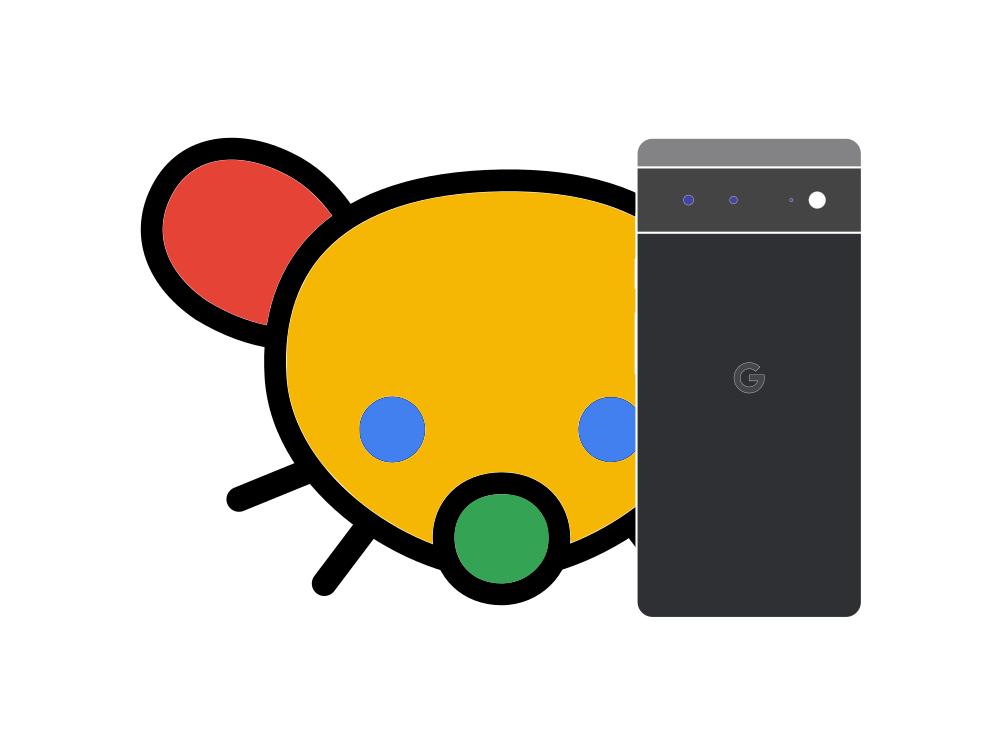

I never claimed they were all trend chasers - my point was that it had a good place and then trend chasers over did it, and those areas are problematic. There is a place for it where I think it deserves to stay, but people have used it in the wrong places and overdone it in others to the point where the overuse had started showing issues.





The only scripts I’ve seen still leave a giant empty box at the top… Are there any that fix this too?